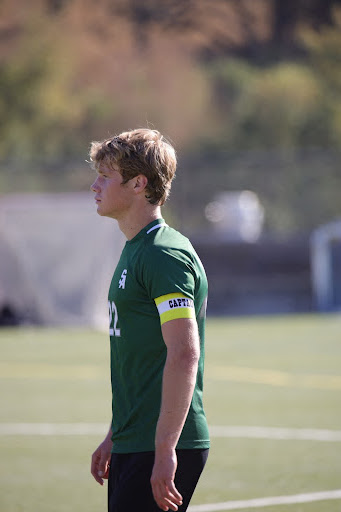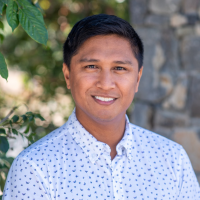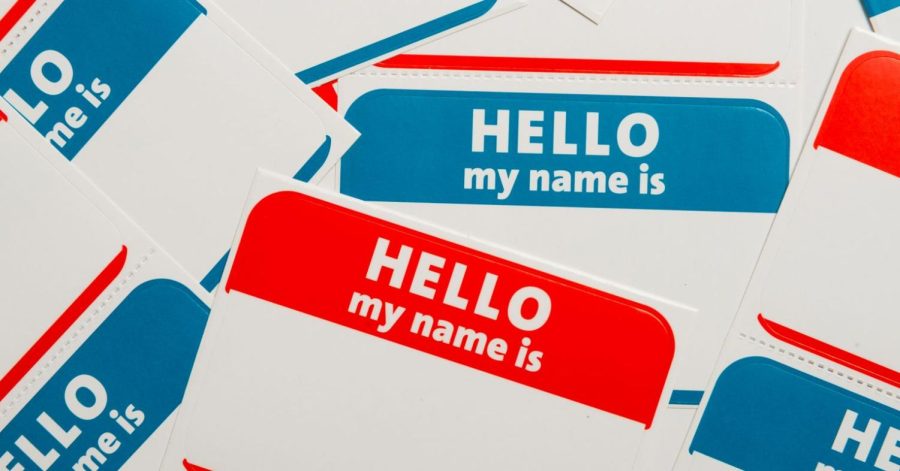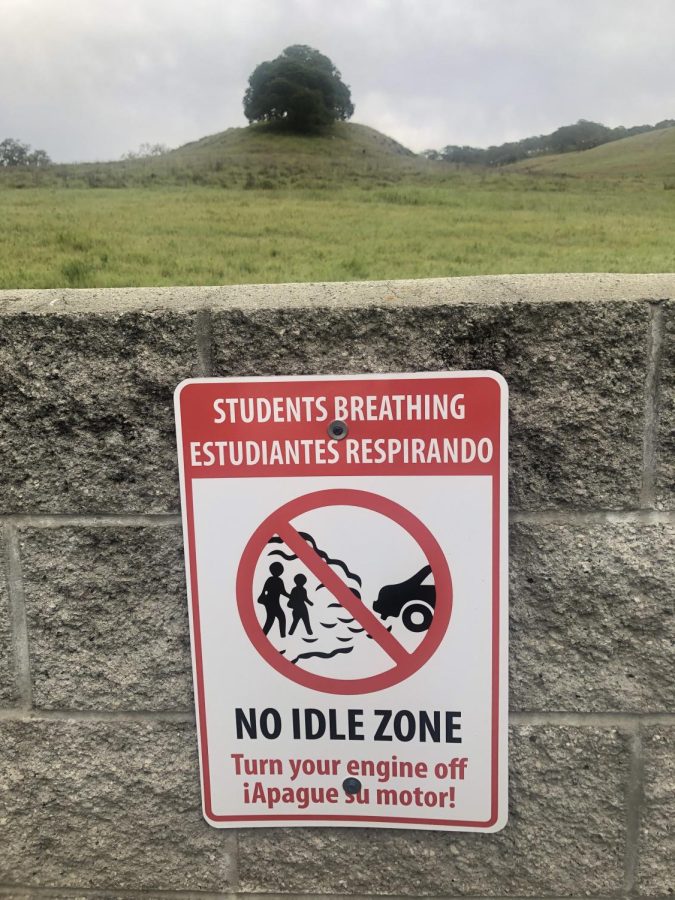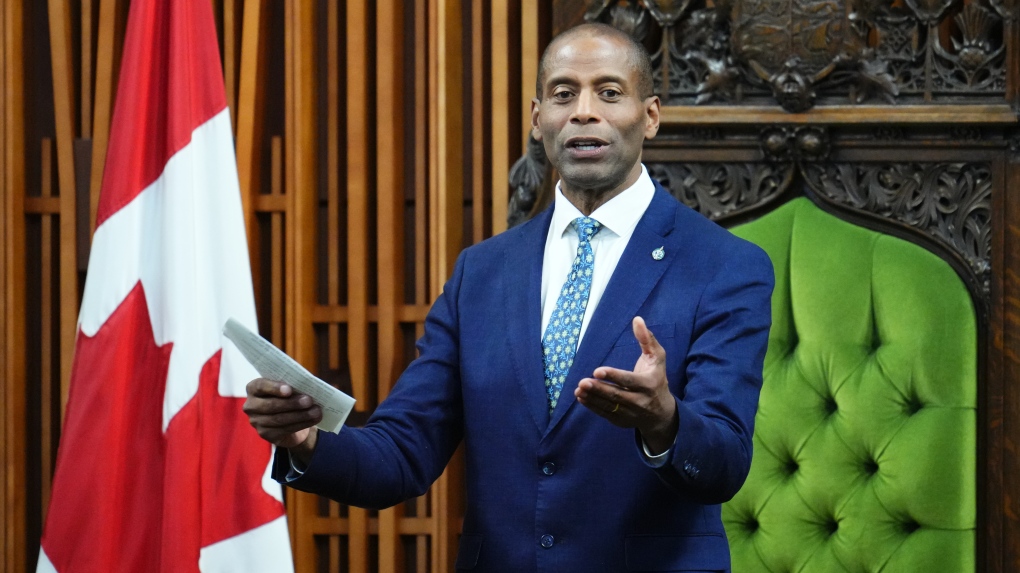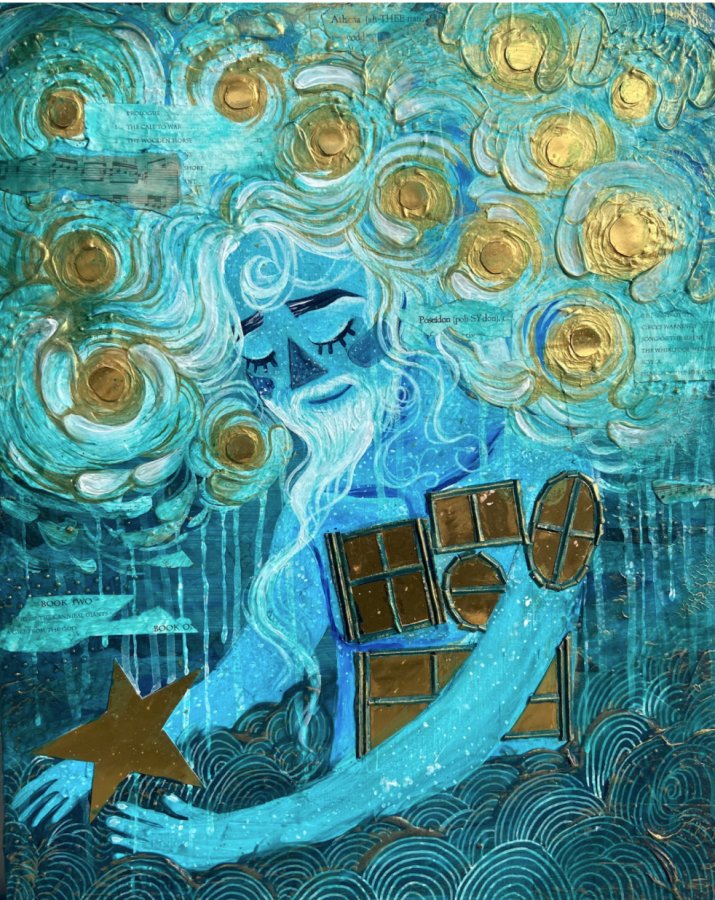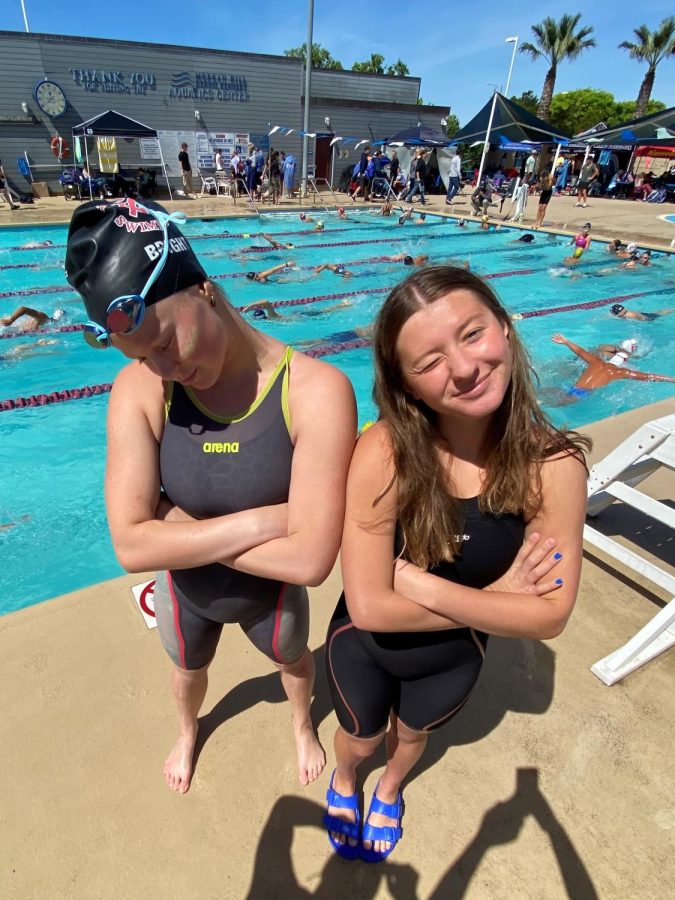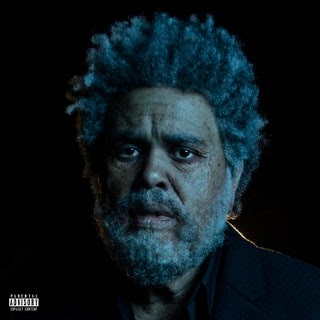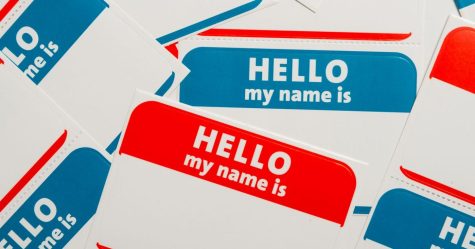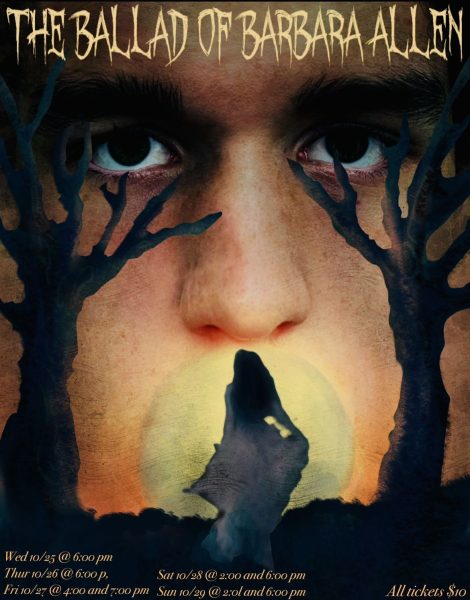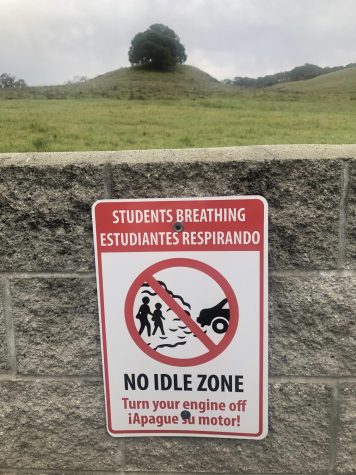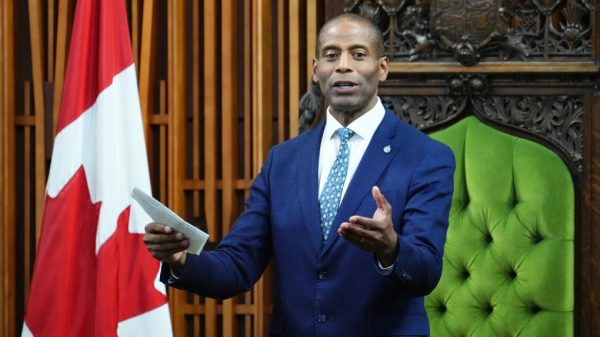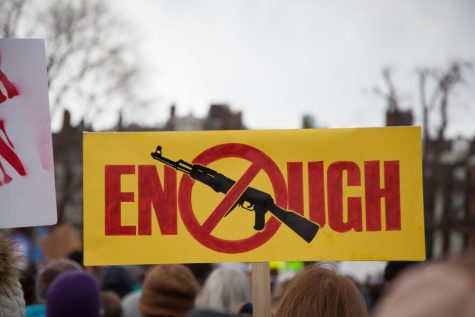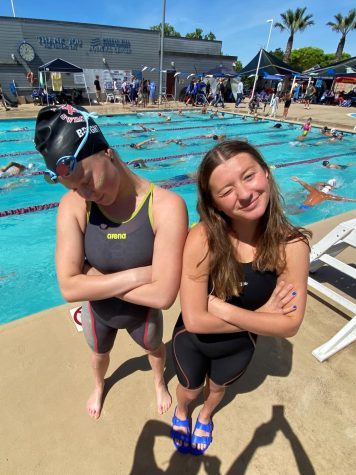My Name Is Not Maria
Examining Microaggressions
April 13, 2022
One Friday morning at Sonoma Academy, sophomore Jazmin Mendoza was putting something away into her backpack when she heard someone call, “Amaya!” She ignored the call, but heard it again: “Amaya!” She turned around to see another student walking towards her. The student tried to get her attention again: “Amaya, you look so cute today!” Mendoza stood there, waiting for the student to recognize that she is not her peer, junior Amaya Quintana. She thought that the student saw her face now, but continued to mix the two up. “Amaya, I love your outfit today.” Mendoza understood what was happening, and was frustrated. This wasn’t the first time this had happened.
Mendoza, like many other POC students at Sonoma Academy, is frequently misnamed or mixed up with other students of color. Mendoza claims that it happens at least twice a week. She says that just a few weeks ago, she and sophomore Brookelyn Molina ended up confiding in a teacher about being frequently misnamed by another adult on campus. The two of them were the only POC in the group with this adult, and were mixed up and grouped together frequently. Outside of this specific instance, Mendoza says that she is often confused with other Davis Scholars.
According to the Sonoma Academy website, just 30% of students self-identify as students of color. This minority status lends opportunity for uneducated generalizations from both adults and students, including the carelessness not to recognize the difference between faces. According to Susan Fiske, a psychology researcher at Princeton University, people are often better able to identify between people in the social majority, especially if they hold power and status. “People pay attention to the hierarchy … People categorize other people by gender, age, race, social class, frequently.” Fiske explains that in busy environments, such as schools and workplaces, people tend to pay less attention to learning the names or to differentiate the faces of those that they don’t perceive to have much power or social status.
Alongside a tendency to care less about individualizing those in minority groups, prejudicial racial grouping also comes into play. According to a group of researchers at UC Davis, people are better able to identify members of their own race than that of other groups. One of the professors who led the study, Brent Hughs, says that subjects were able to identify differences between white faces where they treated “black faces as almost like they’re not faces.” He states that once “you see someone as part of another group, and you process them: you identify their racial group membership. And then you sort of cut processing off at that level.” At an institution where the majority of students are white, those that are not accepted by the population into this grouping are then far more likely to be misnamed. Rachel Hazipinapos, a journalist for The Washington Post, writes, “The implication is that, while white people are seen as individuals, other groups are often viewed as a monolith, with their race or ethnicity becoming the defining characteristic of who they are.”
This phenomenon is called the cross race effect, where members of certain groups are unconsciously grouped together and are perceived to “all look the same.” According to Kareem Johnson, an Associate Professor of Psychology at Temple University, members of a race whose names are indicative of their culture are more likely to be called names of similar ethic origin, even when there isn’t a person at their workplace with that name. For instance, being named Ricardo as a Latino can get you misnamed as José, despite there not being a José at Ricardo’s job.
At a progressive institution like Sonoma Academy, many people understand that mixing up students and faculty of marginalized groups is a microaggression, much of the time making their reactions to their mistakes all the more frustrating for those that experience them. Mendoza says that she and other POC are often misnamed, then immediately greeted by the microaggressor trying to justify it. They are forced to listen to, “I’m sorry, I’m just so tired today” or “Your glasses are so similar” or “It’s so hard with the masks, you know?” Excuses are almost as hurtful as the misnaming itself.
“They make so many excuses,” Mendoza says, “And I get people mixing us up sometimes, but when it gets to a point where it’s happening over and over again, it seems like people don’t want to take the time to correct themselves or see how they might be the problem in the situation.”
Like most microaggressions, getting someone’s name wrong is usually not intended to be hurtful, but they gain power through their accumulation. Getting someone’s name wrong isn’t inherently racist; however, when misnaming happens repeatedly it becomes a problem. Like many microaggressions, getting misnamed reminds the person that’s being harmed that they are not viewed as an individual. It elongates an already tumultuous distance where POC feel systematically otherized and fundamentally powerless to be seen outside of their racial group.
At a school like Sonoma Academy, where the body attempts to commit itself towards racial justice, students and adults alike must be aware of this microaggression and work to understand their biases, as well as the effect that this can have on the mental health of peers of color. Resolving the cross race effect does not end with being more mindful of assuring that we get peoples names correct. Of course, we all mix up names from time to time outside of the framework of racial profiling. However, it starts with a greater conversation about racial biases and how harmful microaggressions can be to marginalized groups.
How to behave when you accidentally misname someone:
- Don’t make an excuse. You know what happened, and likely so does the person who was harmed. Excuses can gaslight the person that was harmed, and create further harm.
- Apologize, but not profusely. There’s no need to make the person that was harmed feel like they need to heal your guilt.
- Reflect on your mistake, and assure that you never do it to that person again.
